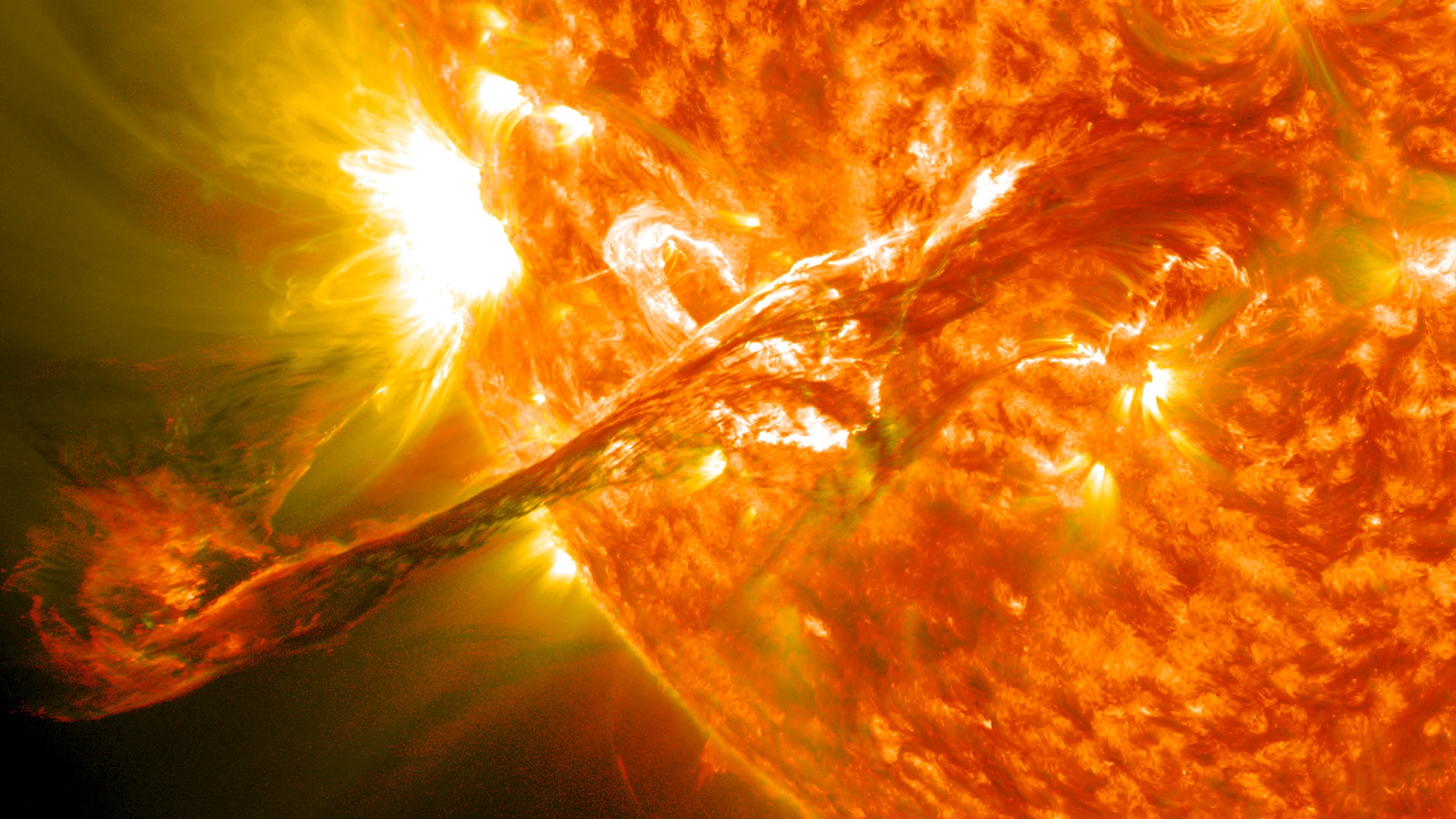Despite decades of large-scale optical surveys, there are still mysteries about the Milky Way galaxy that astronomers are eager to resolve. This is particularly true of its internal structure and the core region, which is difficult to survey due to clouds of gas and dust in the interstellar medium (ISM). This material absorbs visible light, making fainter objects difficult to see in optical wavelengths. Luckily, advances in infrared astronomy have enabled surveys of the Milky Way that have revealed things that would otherwise remain invisible to us.
For more than 13 years, an international team of astronomers has been observing the Milky Way using the ESO’s 4.1-meter Visible and Infrared Survey Telescope for Astronomy (VISTA). In a recently published study, they announced the release of their final data product: a gigantic infrared map of the Milky Way containing more than 1.5 billion objects—the most detailed map our galaxy has ever created! With over 200,000 images and 500 terabytes of data, this map is also the largest observational project ever carried out with an ESO telescope.
Continue reading “The ESO Releases the Most Detailed Infrared Map of our Galaxy Ever Made”









